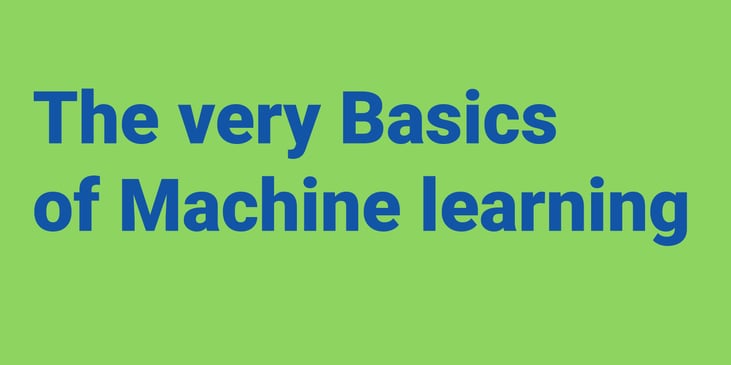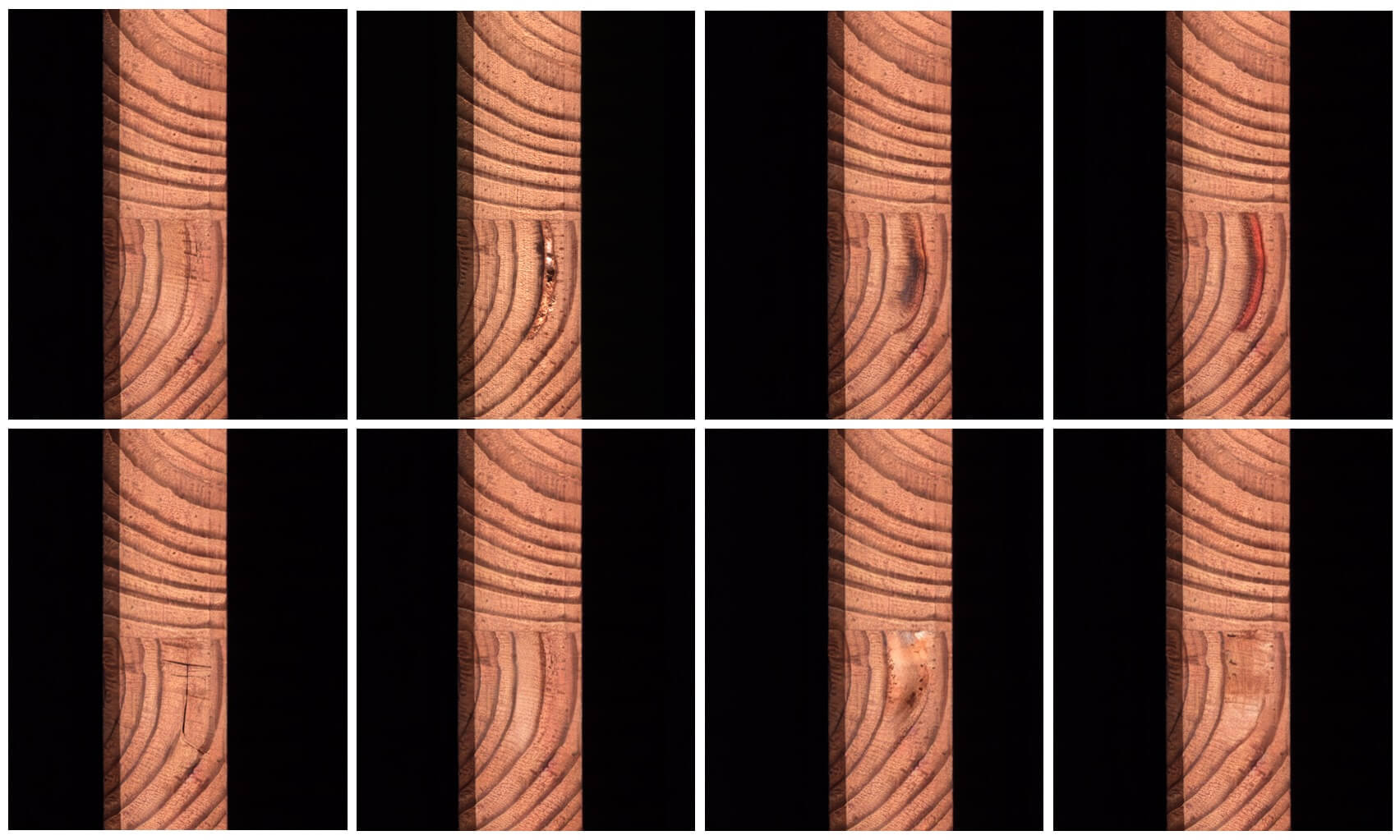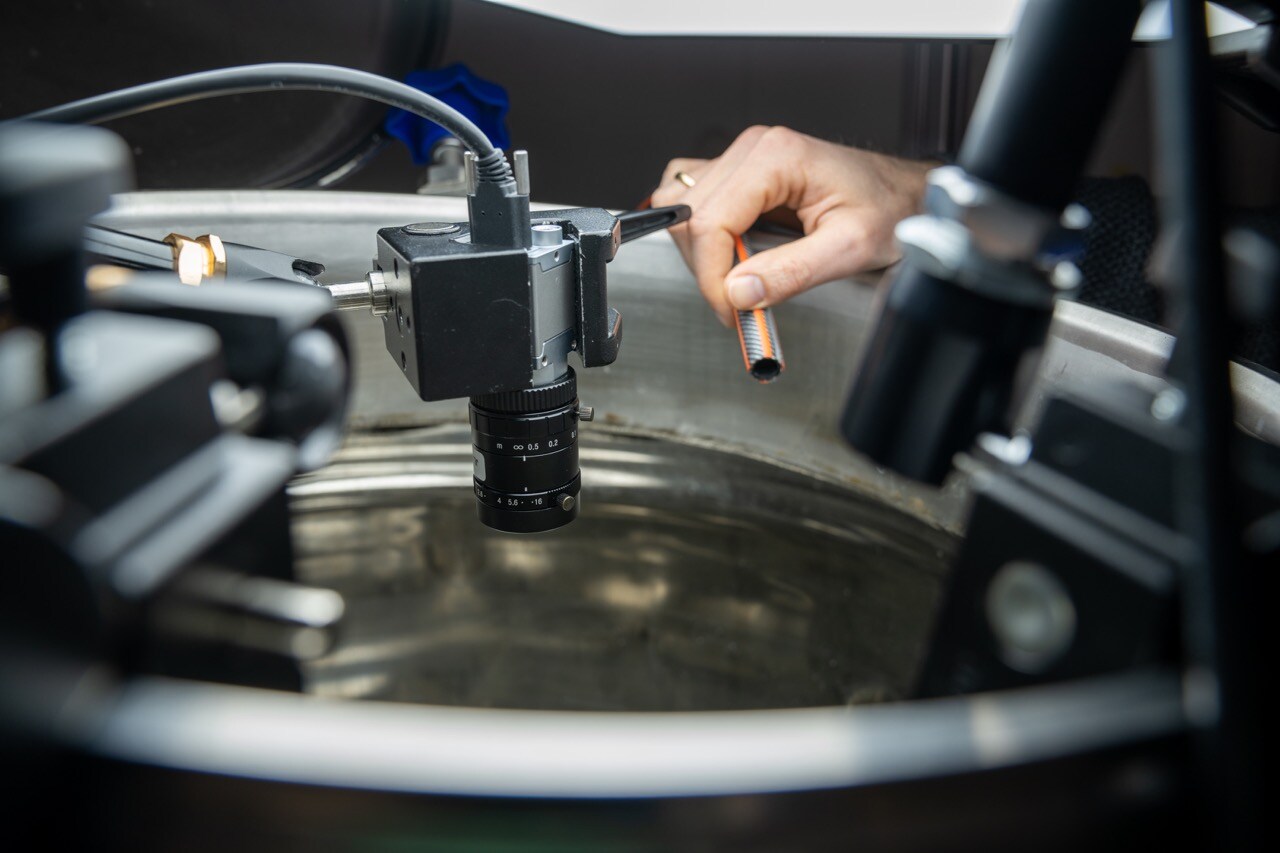Machine learning is a hot topic at the moment - and with good reason! The Machine learning technology is changing the world and that also applies in the world of machine vision.
General features
Here is the very basics you need to know about the craft of Machine learning
The word “Machine learning” is used when a machine imitates "cognitive" functions, often associated with humans such as “learning” or “problem solving”. Machine learning is often implemented via a (convolutional) neural network and can be supervised or unsupervised. Machine learning allows computational models that are composed of multiple processing layers to learn representation of data with multiple levels of abstraction. Methods that in recent years have drastically improved speech recognition, visual recognition, object detection and other domains. Machine learning discovers structures in large data sets and have brought significant breakthroughs in processing images, video, speech, text and audio.
Machine learning today is mostly about pure supervised learning. It requires a lot of labeled data that can be expensive to collect. The future of machine learning will be more unsupervised, e.g. more human-like. Both humans and animals largely discover the world by observing it, not by being told the name of every object.
Machine learning opens up new possibilities with machine vision.
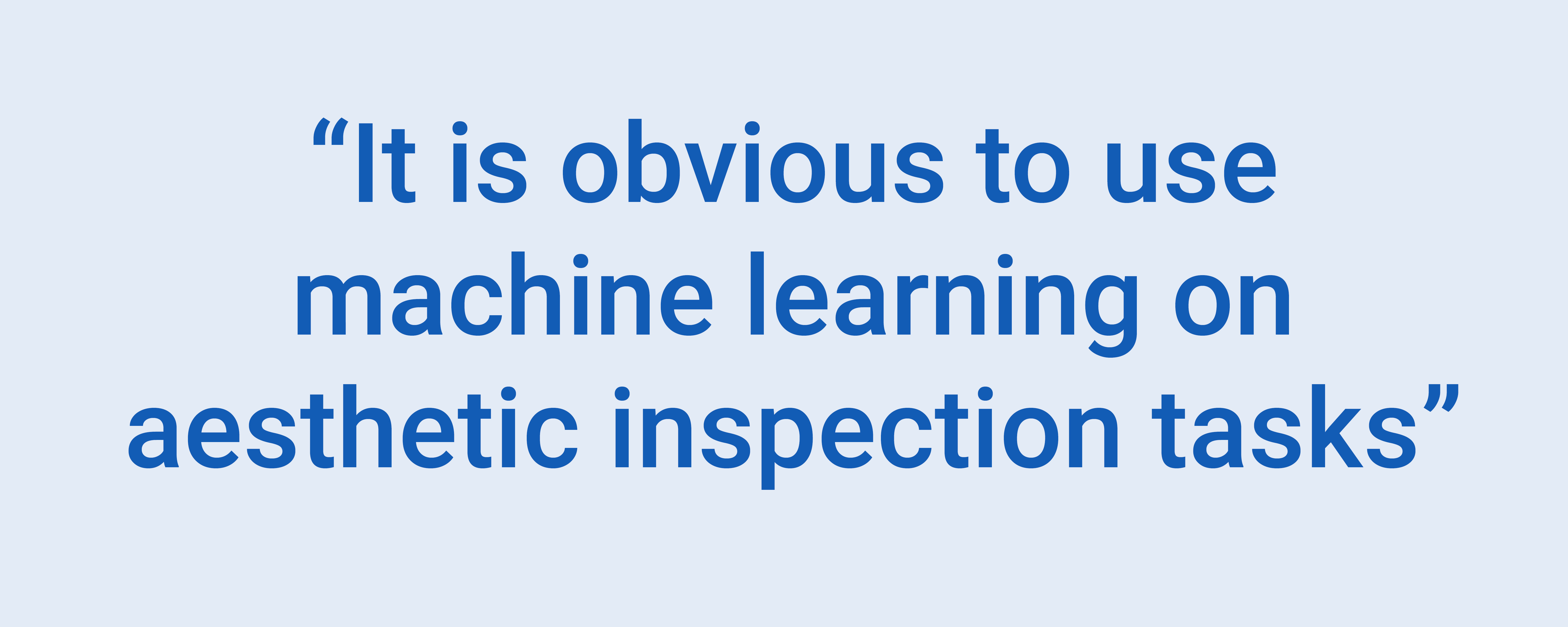
Aesthetic inspection tasks were previously left unsolved.
Traditional machine vision use regular measurements and statistics to determine whether or not an object is defective. We have always been able to measure, but measurements do not assess whether the item looks good or bad. This is a subjective assessment, previously only caught by the human eye.
Now, you can train Machine Learning to perform assessments
We define the defect by using a large number of images. Previously, with traditional Machine vision, we had to get it down to numbers and sizes, and that is hard to do when the variance is high.
The benefit of Machine learning (ML) is that it can be defined from pictures (a lot of pictures).
Measurements is not about whether or not things look good or bad, which is why these inspections tasks have been difficult – if not impossible, to solve with traditional machine vision.
When you have an inspection task, where you don’t need measurements but have to subjectively evaluate the defect - Machine learning would be the obvious choice.
In some cases, you would need to look at aesthetics, and at the same time do measurements. In that case you would combine traditional machine vision with machine learning.
Machine Learning requirements
Machine learning require a large amount of data to become robust. Basically, you could say that if you can see the defect with the human eye, you can probably solve it using machine learning.
Sometimes it is even possible to detect defects that are not visible to the human eyes.
Previously we had to predict the variance ourselves.
As mentioned before, the tasks that ML are good at solving, are aesthetic inspection tasks. The tasks that were previously solved with manual workforce and from a subjective evaluation.
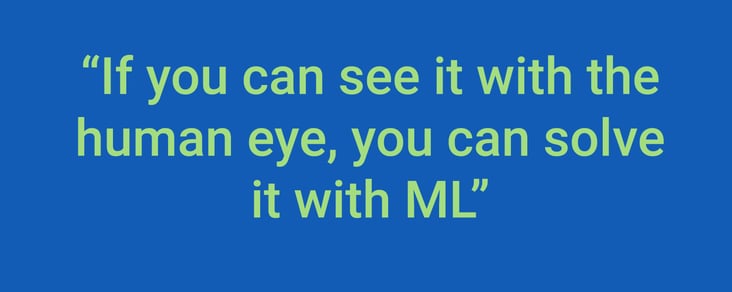
Would you like to know more about machine learning? Learn how machine learning technologies can be used in machine vision and what the future of machine learning looks like .

